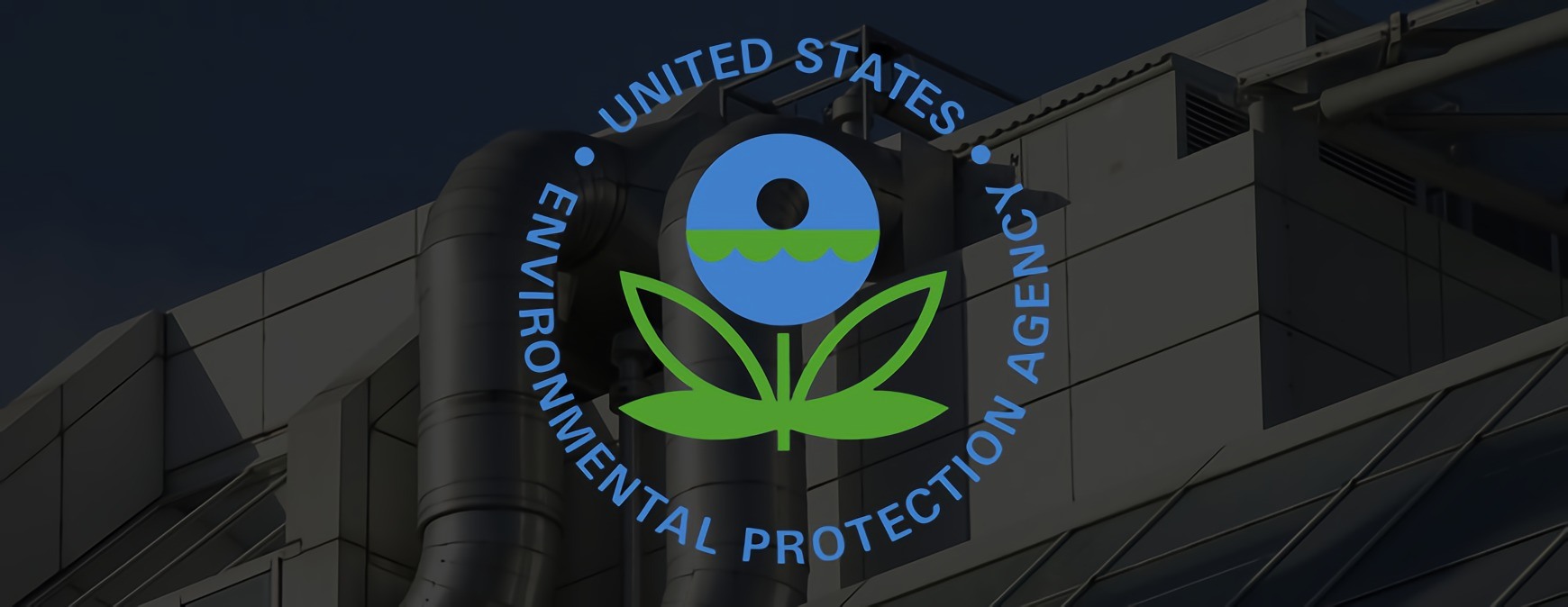
The U.S. Environmental Protection Agency (EPA) has taken steps to curb the emission of hydrofluorocarbons (HFCs). In September of 2016, the EPA finalized two rules to further phase out these greenhouse gases that contribute to global warming.
EPA SNAP Program
The SNAP Program is part of the Clean Air Act (CAA). Specifically, the program aims to “[i]dentify and evaluate substitutes in end-uses that have historically used ozone-depleting substances (ODS).” Another one of the program’s purposes is to evaluate the overall risk of both existing and new substitutes to human health and the environment. Ultimately, SNAP seeks to promote safe substances and end the use of harmful ones. 1
New EPA SNAP Regulations
Ozone-depleting substances include chlorofluorocarbons (CFCs) and hydrochlorofluorocarbons (HCFCs). For example, the EPA implemented a total phaseout of the refrigerant HCFC-22, or R-22, by January 1, 2020. As those in refrigeration training likely know, HFCs have been replacing CFCs and HCFCs for years now but have shown to be damaging to the environment, too. While HFCs are much less damaging to the ozone layer, they still contribute to global warming by trapping heat in the atmosphere, prompting the EPA to finalize two new rules.
Rule 1
Under the first rule, more available climate-friendly alternatives will be identified and listed for use. Dates for banning some of those HFCs with the highest global warming potential (GWP) will also be set. This applies to HFCs used in refrigeration and cooling. HFC-134a, which is a gas that has 1,400 times greater warming potential than CO2.
Rule 2
This applies to refrigerant management under Section 608 of the Clean Air Act. The rule now includes HFCs. Venting HFC and HFC-blend refrigerants into the atmosphere during disposing or servicing of equipment will be prohibited. The rule also mandates lower maximum leak rate thresholds. 2
Get Started on the Path to a New Career
Fill out our form to learn how we can help you change your life.
These two new rules build on two earlier SNAP rules prohibiting the use of high-GWP HFCs.
Additional Sources
1 – https://www.epa.gov/snap/overview-snap
2 – http://www.digitaljournal.com/pr/3085850
This blog has been labeled as archived as it may no longer contain the most up-to-date data. For a list of all current blog posts, please visit our blog homepage at https://www.rsi.edu/blog/

